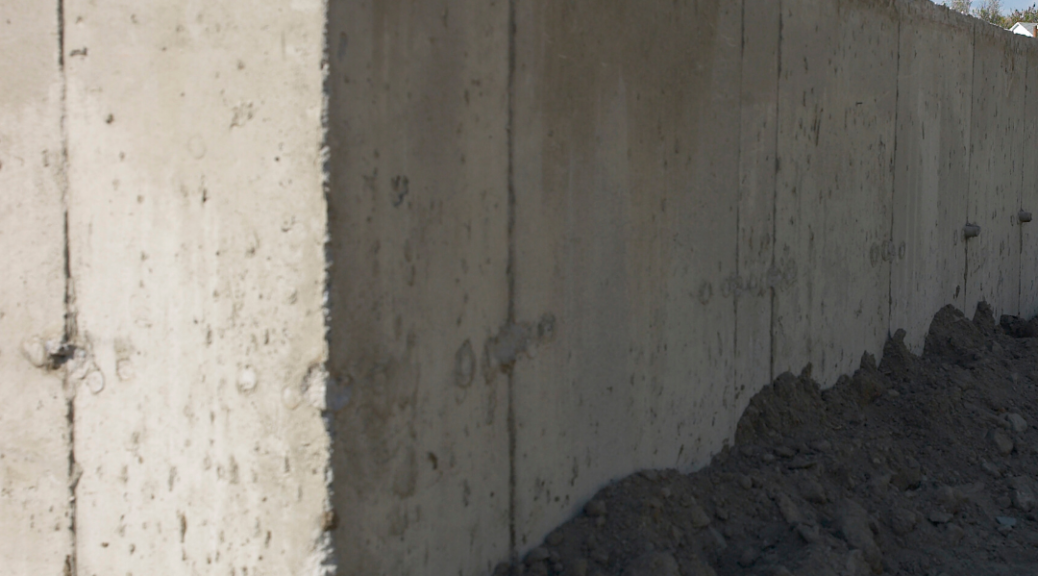Home foundations take a beating.
Heat, cold, rain, snow, sun, animals, humans and time all contribute to it cracking, leaking and breaking. All of these elements contribute to their deterioration.
Once a homeowner has seen cracks in the foundation, water stains on walls or windows and doors that won’t close, they need to contact a home foundation repair contractor. The home foundation repair contractor will then do an analysis of the foundation and make a recommendation. (See our blog on this topic.)
They may recommend “slab-jacking” to repair the home foundation. It is a rather complicated method of repair which goes like this: The concrete slab of the home is lifted to one side and releveled.
Actually, this does not only apply to home foundations. It also can be done for concrete slab patios or driveways which are sunken or tilted.
Slab-jacking is installed using several different methods:
- A group of holes, about a ½” long each, are drilled into the concrete slab.
- Then, sand, ash, water, and gravel are funneled into the holes.
- The slab begins to rise.
- Then the holes are plugged.
If the home is built over a crawlspace or basement, they will do the following:
- A cement mixture is injected into the holes, raising the foundation.
- Slab jacks are installed.
Slab-jacking is done for portions of a home, not for the entire home. So, the home foundation should not be completely bad, only a portion of it. The same goes for the patio, sidewalk, driveway or garage floor.
Many home foundation repair contractors are also using Uretek. It is a polymer resin that does not require lifting the slab. Instead, the polyurethane in the Uretek compound lifts the foundation on its own. While it is convenient and quicker, it is also more expensive than the other methods.
The equipment used for slab-jacking are the following:
- Grout Mixers: While these are high-maintenance and time-consuming, grout mixers provide maximum air circulation. The grout has to have a consistency which permits a consistent flow of substances under the slab to help spread the grout and even lift it.
- Grout Pumps: These are air-operated, double-diaphragm pumps; or hydraulically operated progressive cavity pumps. They have an output of up to 110 cubic feet per hour and a 180 cubic feet per hour output from dual-cylinder models.
- Rock drill/Coring machine: The rock drill prevents excessive dust and breakout at the bottom of the slab. It has four points on the drill bit. It is gas-powered using a 2” diameter bit. It can go at a speed of 60 GPM.
The materials typically used, as mentioned above are:
- Sand: 5mm and silt-free
- Cement: between 5%-20% of dry-weight materials.
- Bentonite: for lubrication and not exceed 12% so strength is compromised
- Cement Fondue: rapid set (if required)
- Expanders: compensate for shrinkage
Slab-jacking is not that simple but it is an effective and quick method of repairing a home foundation. Have your licensed home foundation repair contractor to inspect and analyze your foundation to see if this is the best way to repair it.
M Taylor Enterprise is an experienced and licensed home repair foundation contractor. We can inspect, analyze and repair your home foundation correctly and efficiently. We serve the counties of Prince George and Silver Spring, MD area. Call us for a consultation at (301) 649-3406 or email us at matt@mtaylorenterprise.com.






